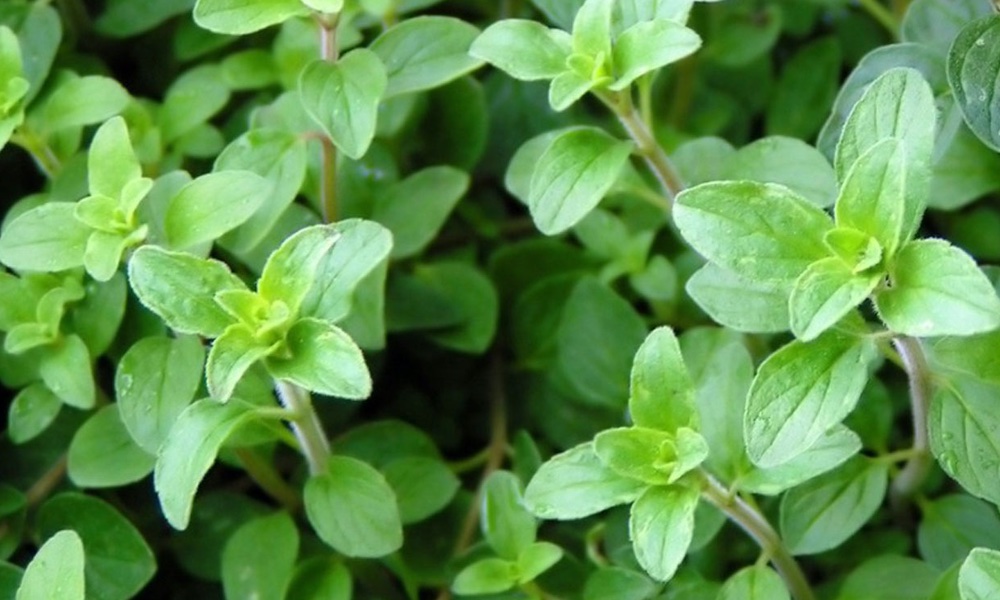Every year at least 2.8 million people in the U.S. develop antibiotic-resistant infections, and at least 35,000 die from them. Antibiotics that have been used successfully for so long that some bacteria are no longer affected by the drugs meant to stop them; and the infections they cause run unchecked through the body. New antibiotic drugs that undermine bacteria in new ways are needed, and attention has again turned to a promising source of novel antibacterial chemicals — plants.
Plants have developed their own complex defense mechanisms against microbes. And not only do natural plant extracts offer a diverse chemical profile, are widely distributed around the world and easily accessible, they also have proven clinical effectiveness. A compound found in the perennial herb meadowsweet served as the basis for aspirin.
People have used plants as medicine for millennia, including for the treatment of infectious diseases, Cassandra Quave, one of the authors of a comprehensive review of the current research on plant-derived compounds with antibacterial activity, told TheDoctor.Advancing technologies are making it possible for researchers to tap into plants’ chemical diversity with greater precision.
It’s not only that has there been a huge increase in antibiotic resistant infections, explained Quave, an assistant professor on the faculty of Emory University’s Center for the Study of Human Health and Emory University School of Medicine. There are also too few promising new chemical candidates in the discovery pipeline.
The review will hopefully help with that. “This literature review looks at compounds from plants, to see if any of these could potentially serve as a blueprint for the design of new types of antibiotics,” Quave said.
Advancing technologies are making it possible for researchers to tap into plants’ chemical diversity with greater precision. At the same time, however, population pressures and global warming are fueling a loss of biodiversity and, ultimately, chemical diversity. This could mean we lose the ability to analyze certain plant compounds forever. “The more access we have to different types of plants, the greater chance we have of identifying many different types of chemicals that could potentially be useful as antibiotics,” Quave explained.
The review pulls together the findings of almost 200 papers published between January 2012 and February 2019 describing more than 450 plant-derived compounds showing the potential to inhibit bacterial growth. It describes the compounds’ antibacterial activity, mechanism of action and chemical structure, and focuses on the roughly 180 compounds with the greatest potential for development as antibiotics — those showing the best ability to inhibit the growth of bacteria at the lowest concentrations.
The review is published in Chemical Reviews.





